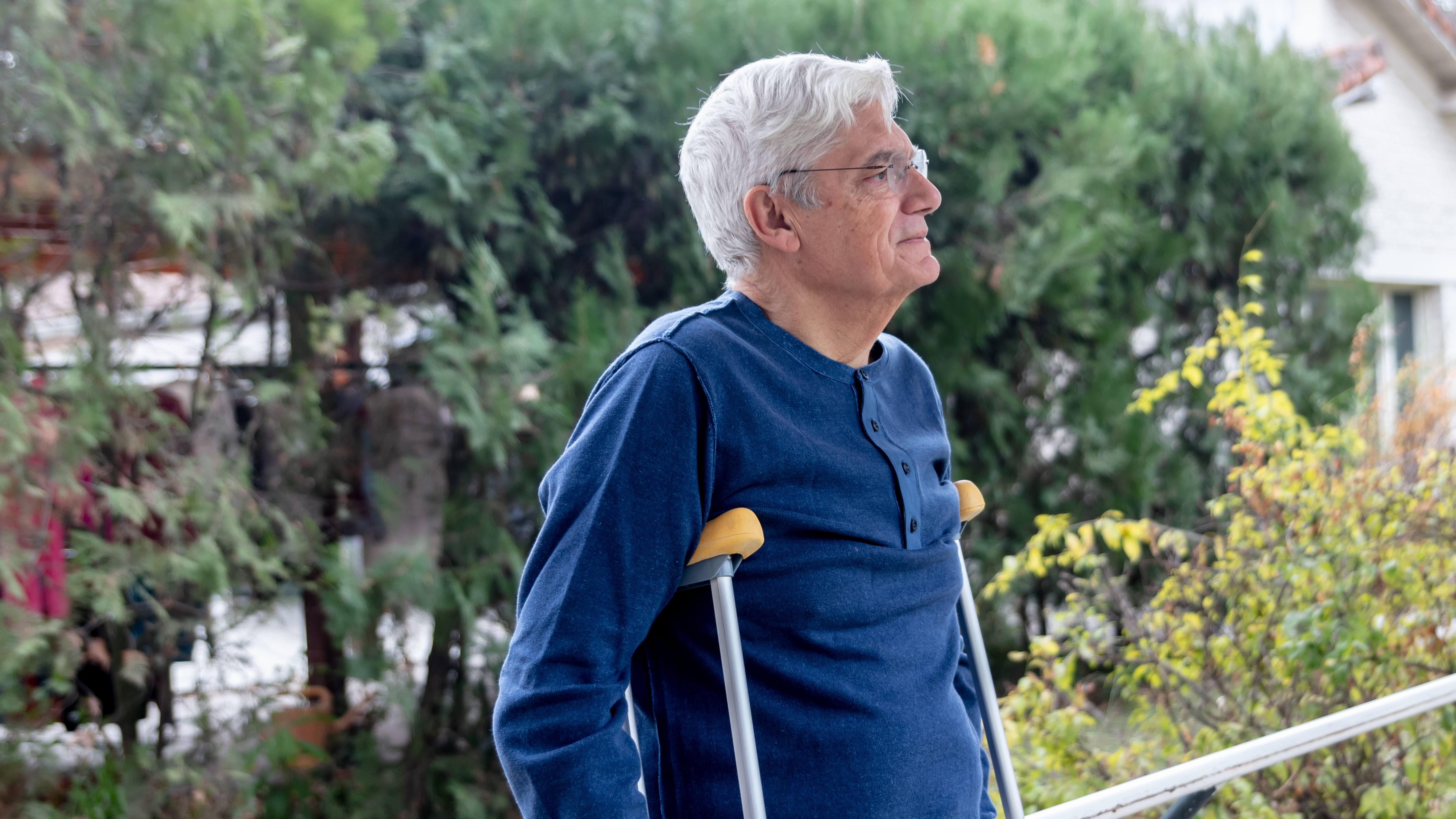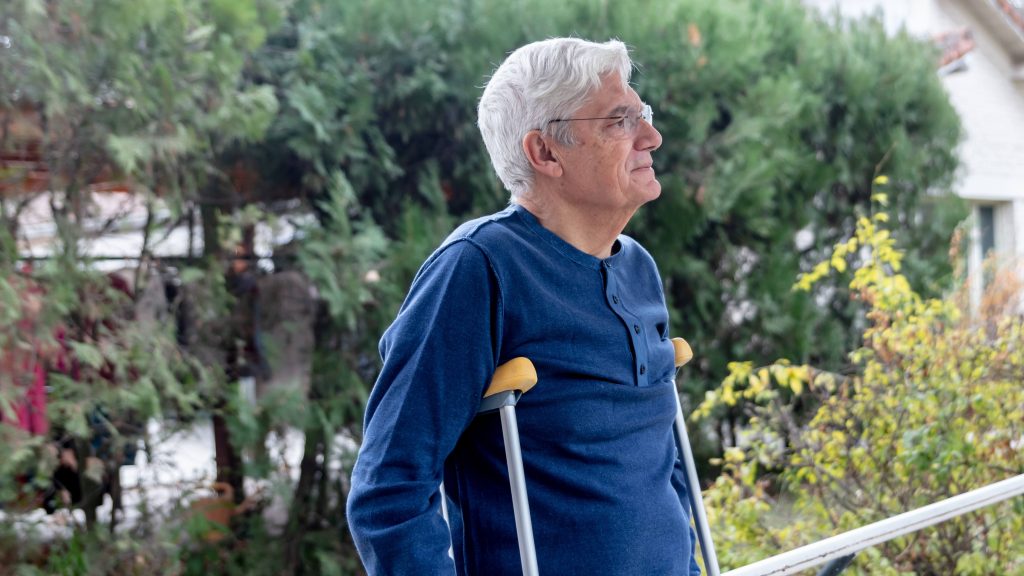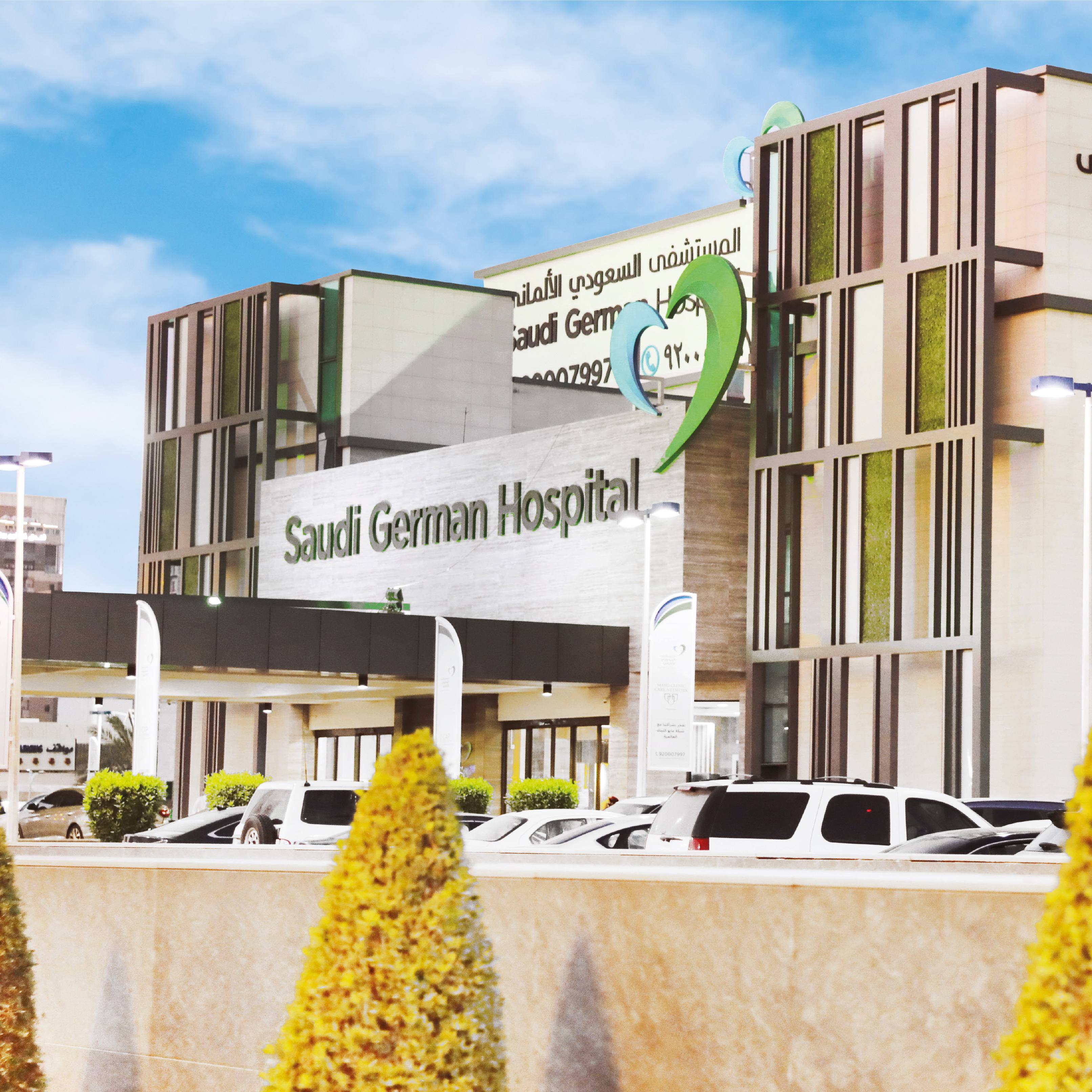-

Mayo Clinic expert: Warm climates offer mobility options for snowbirds after surgery

PHOENIX — For snowbirds who need joint replacement surgery, places like Arizona and Florida offer an enticing prospect in the dead of winter — the opportunity to recuperate in a warmer climate without fear of slipping and falling on ice.
Snowbirds are people who typically seek out warm winter climates to escape Arctic-like conditions at home, but there are also benefits from a medical standpoint. Regaining mobility after joint replacement is an important milestone for patients, and walking is one way to help them get there. Think flat sidewalks instead of potholes or bumps in your path caused by ice and snow melting and refreezing.
"After joint replacement, we strongly encourage patients to walk, walk, walk and gradually increase their activities," says Mark Spangehl, M.D., an orthopedic surgeon and chair of the Adult Reconstruction Division at Mayo Clinic in Arizona. "We get some rain occasionally, but for the most part, they can be outside every day that they want to be outside. And that's part of the recovery."
According to the National Oceanic and Atmospheric Administration, Phoenix's average temperature is 68 degrees in December and January, 72 degrees in February, and 77 degrees in March. In Jacksonville, the location of Mayo Clinic in Florida, the average temperature is 68 degrees in December, 66 degrees in January, 69 degrees in February, and 75 degrees in March.
In addition to knee and hip replacement or surgeries for other musculoskeletal conditions, moving is important after procedures such as heart surgery.
Planning is essential for any surgery, but it's especially important for a surgery away from home. If patients get on the surgical schedule earlier during their stays, they have the rest of their time to recuperate. Patients come a few days before surgery to meet with their surgeon and learn more about what to expect before, during and after the procedure. The surgeon also will go over any potential risks and complications, which are small. After surgery, patients can expect to receive some follow-up care in person, Dr. Spangehl says.
How long patients need to stay nearby the hospital to recover after surgery depends on the person. People who are fit and active may not need to stay as long as someone with comorbidities that affect their mobility. Those comorbidities include having arthritis in other joints, Parkinson's disease, or heart or lung issues that affect stamina.
After surgery, patients should plan to have appropriate support — such as a family member — available nearby, Dr. Spangehl says.
"If you're traveling some distance for the procedure, you'll need someone who you're comfortable with and who can be there for a while to help you after surgery," he says.
Typically, once the person is mobile and can get around safely, they can return home, Dr. Spangehl says.
Mayo's snowbird connection to Arizona goes back decades. During their retirement years in the 1930s, Mayo Clinic's founders, brothers William J. Mayo, M.D., and Charles H. Mayo, M.D., and their wives headed to Arizona when the Minnesota winter set in. Their love of the Southwest came full circle when Mayo Clinic in Scottsdale, Arizona, opened in 1987.
###
About Mayo Clinic
Mayo Clinic is a nonprofit organization committed to innovation in clinical practice, education and research, and providing compassion, expertise and answers to everyone who needs healing. Visit the Mayo Clinic News Network for additional Mayo Clinic news.
Media contact:
- Rhoda Madson, Mayo Clinic Communications, newsbureau@mayo.edu







